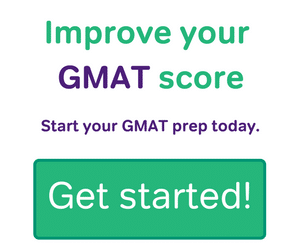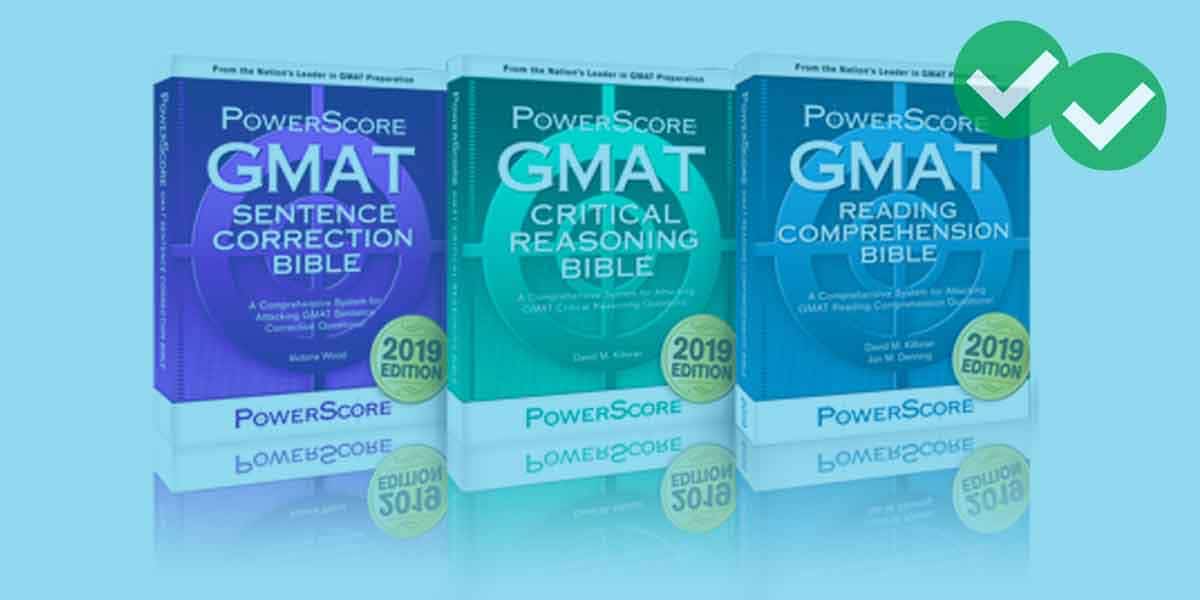Critical Reasoning is one of the more difficult sections on the GMAT to teach. A difficult section then invites a variety of methods, including the use of GMAT books, to hack it. And while I am only one tutor out of potentially thousands, I simply do not think Manhattan GMAT’s approach to teaching Critical Reasoning is effective.
I could of course divorce my personal experiences and instead judge the MGMAT Critical Reasoning book on its ability to clearly convey core principles while providing a stable foundation (it does a decent job). But, I have not had success using its methods of drawing diagrams to map out the question, and therefore I find it difficult to endorse this book. That is not to say that you, as a GMAT student, will necessarily feel the same.
So my advice is to try using the MGMAT Critical Reasoning methods on official content. If its strategies work, that’s great. If not, know that you have other options. For instance, Kaplan has a far more straightforward—and in my opinion—effective approach to approaching Critical Reading questions.
Notice in the preceding paragraph, I mentioned official material. I did not feel that much of the content on the MGMAT reflected actual GMAT Critical Reasoning questions very accurately. It’s hard to put my finger on why—perhaps it is simply the way in which the argument is written and the language employed in the answer choices (I don’t think the answer choices are as misleading as those found in actual GMAT questions).
So if you feel the MGMAT Critical Reasoning guide is a good fit for you, go ahead and learn its strategies, and even tackle some of its practice questions. But make sure you supplement your learning by applying the MGMAT strategies to actual questions. Again, if you start to notice that the diagramming and general strategies don’t apply well to actual questions, then remember there are always other approaches to Critical Reasoning.






Leave a Reply